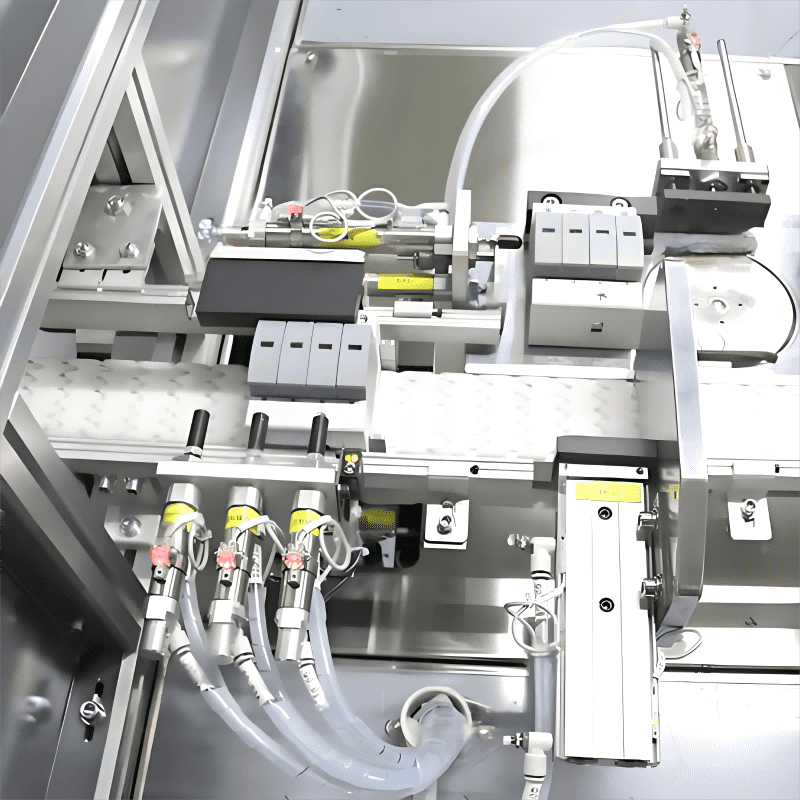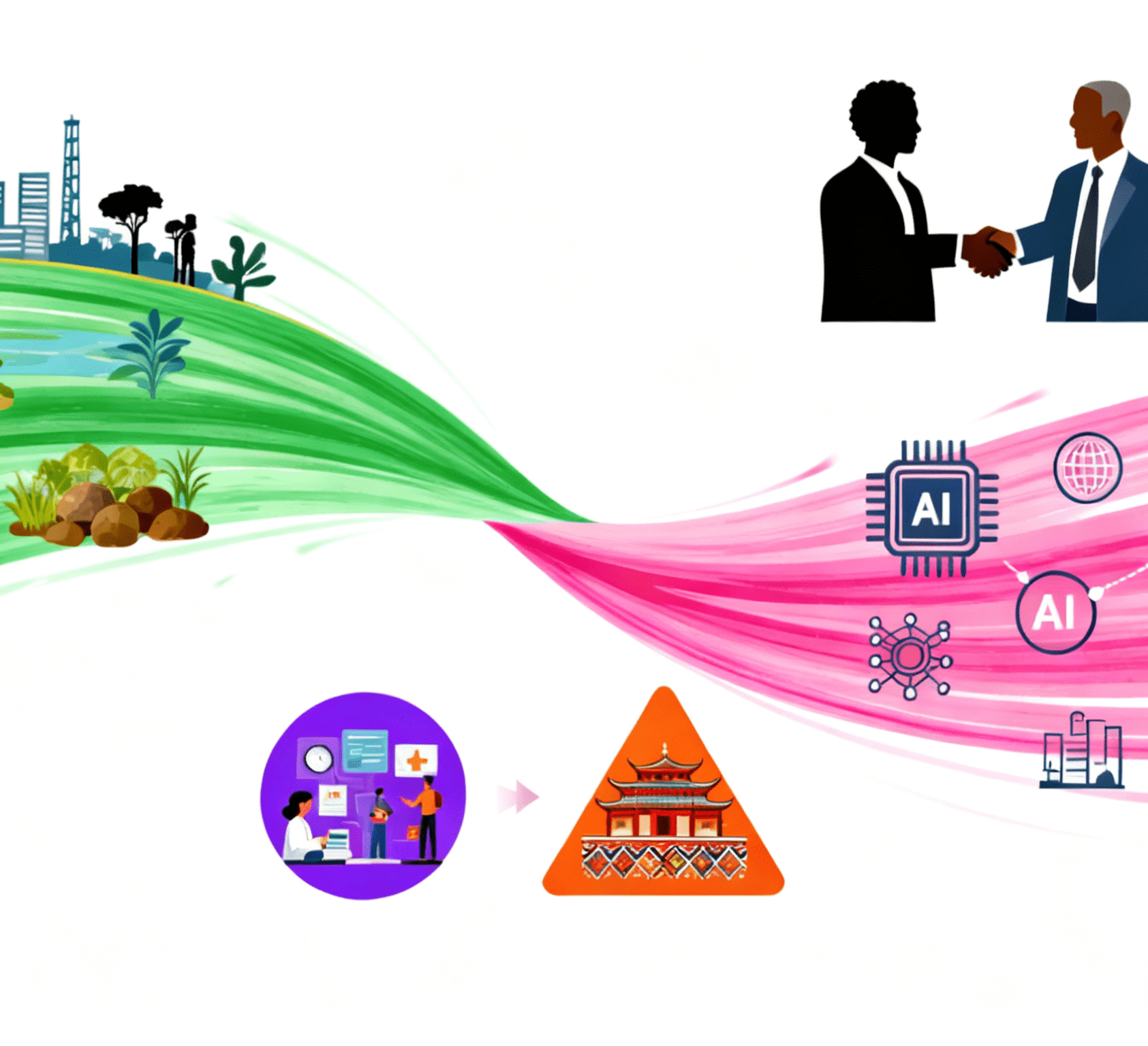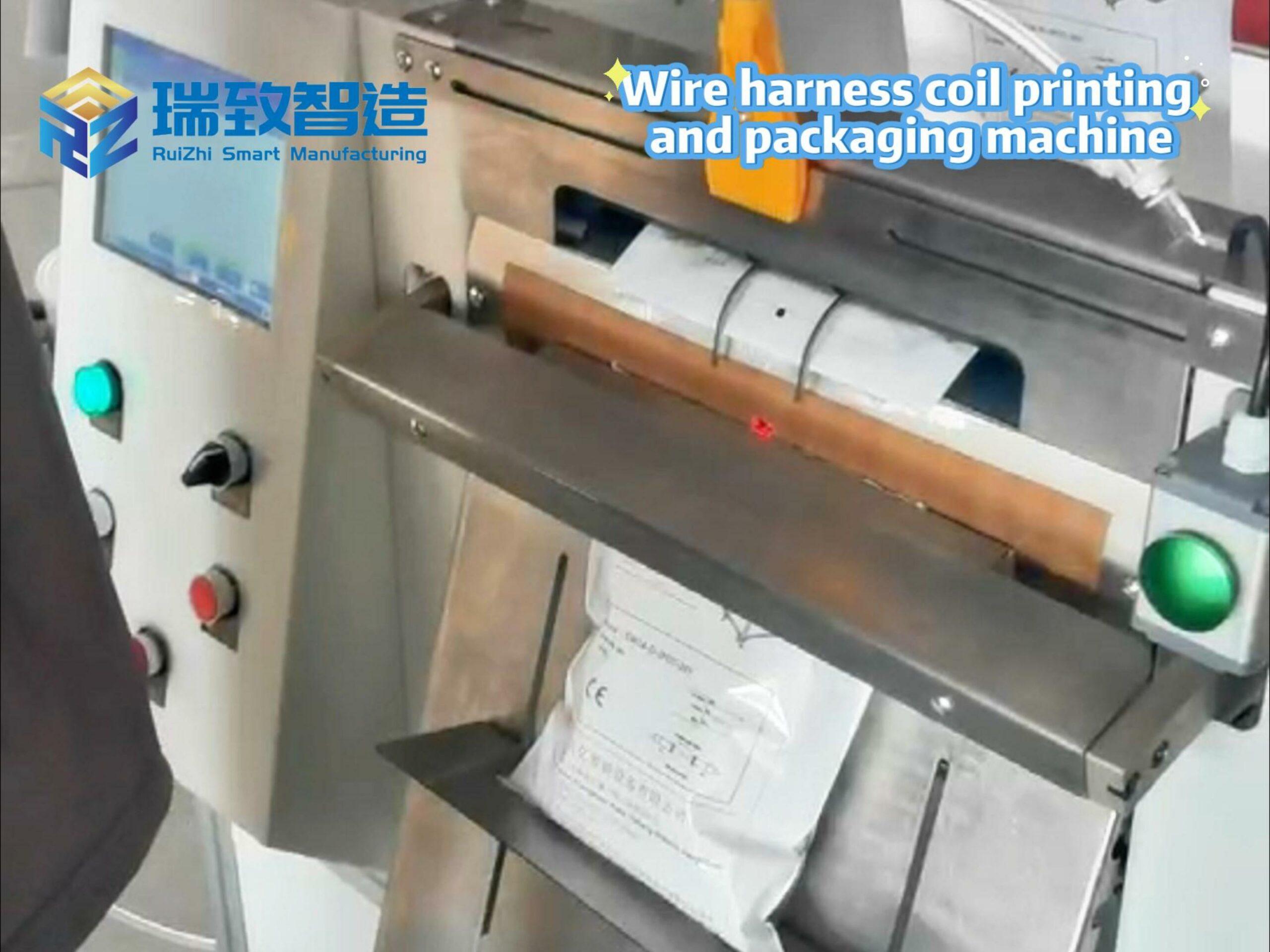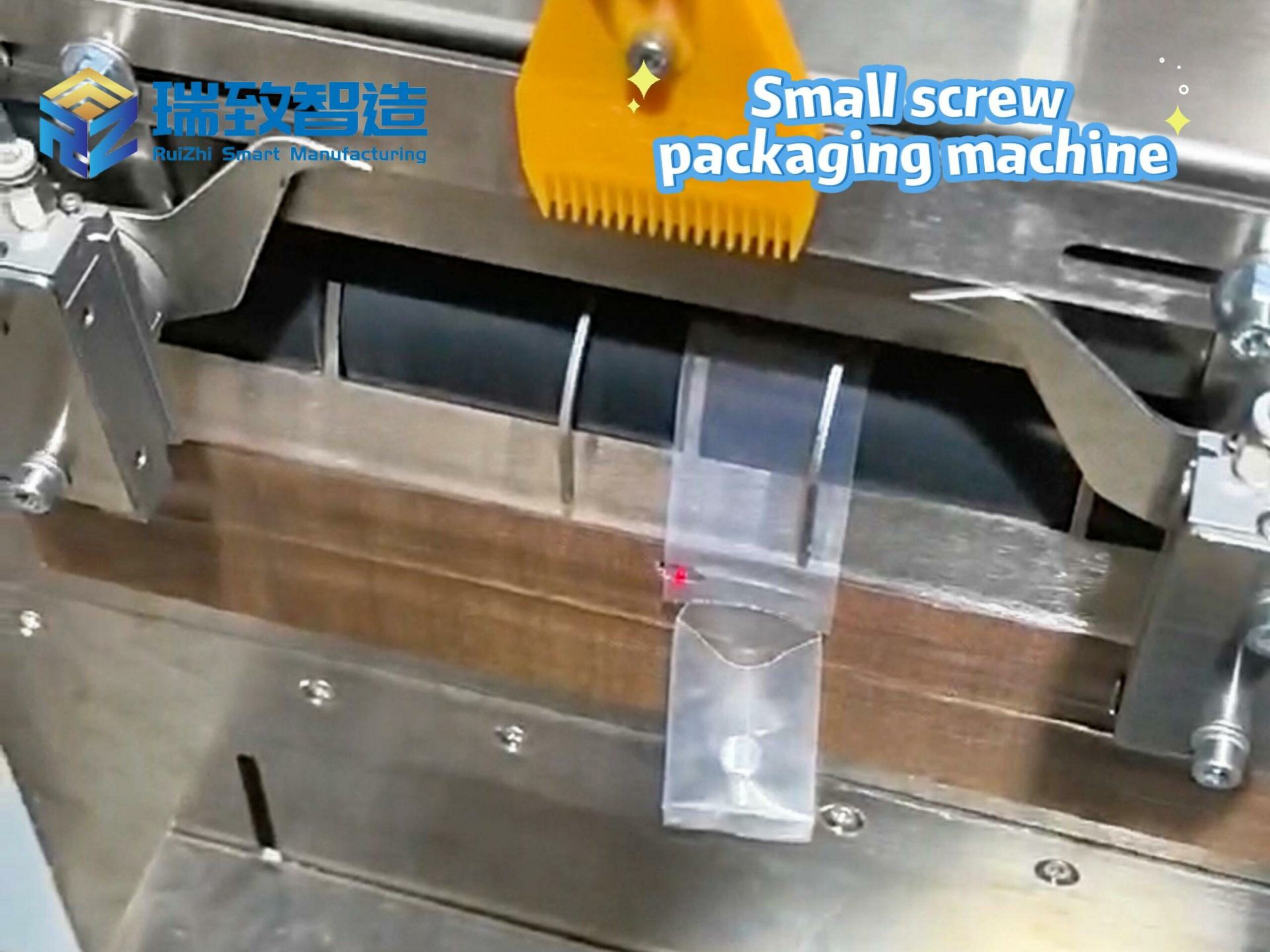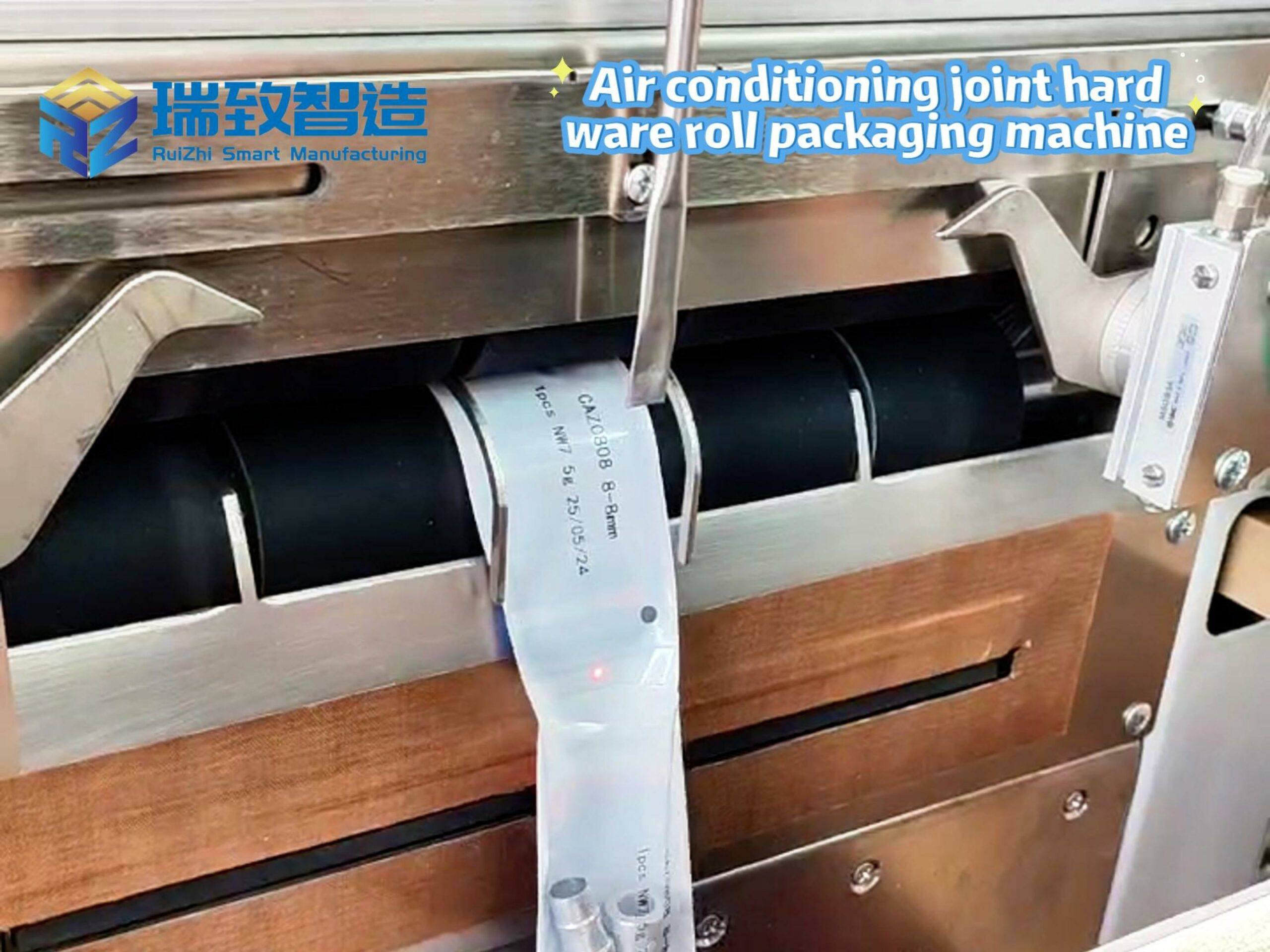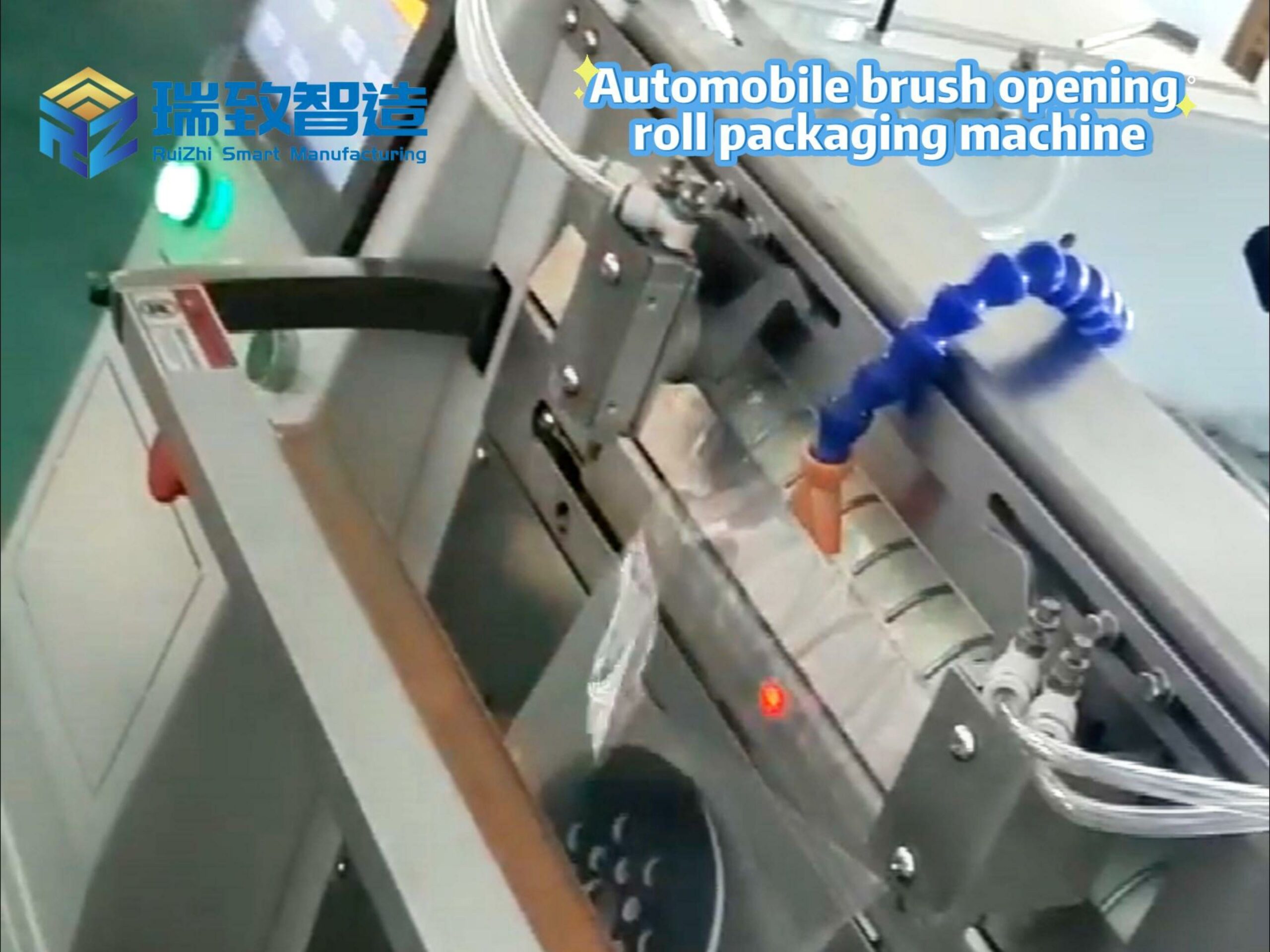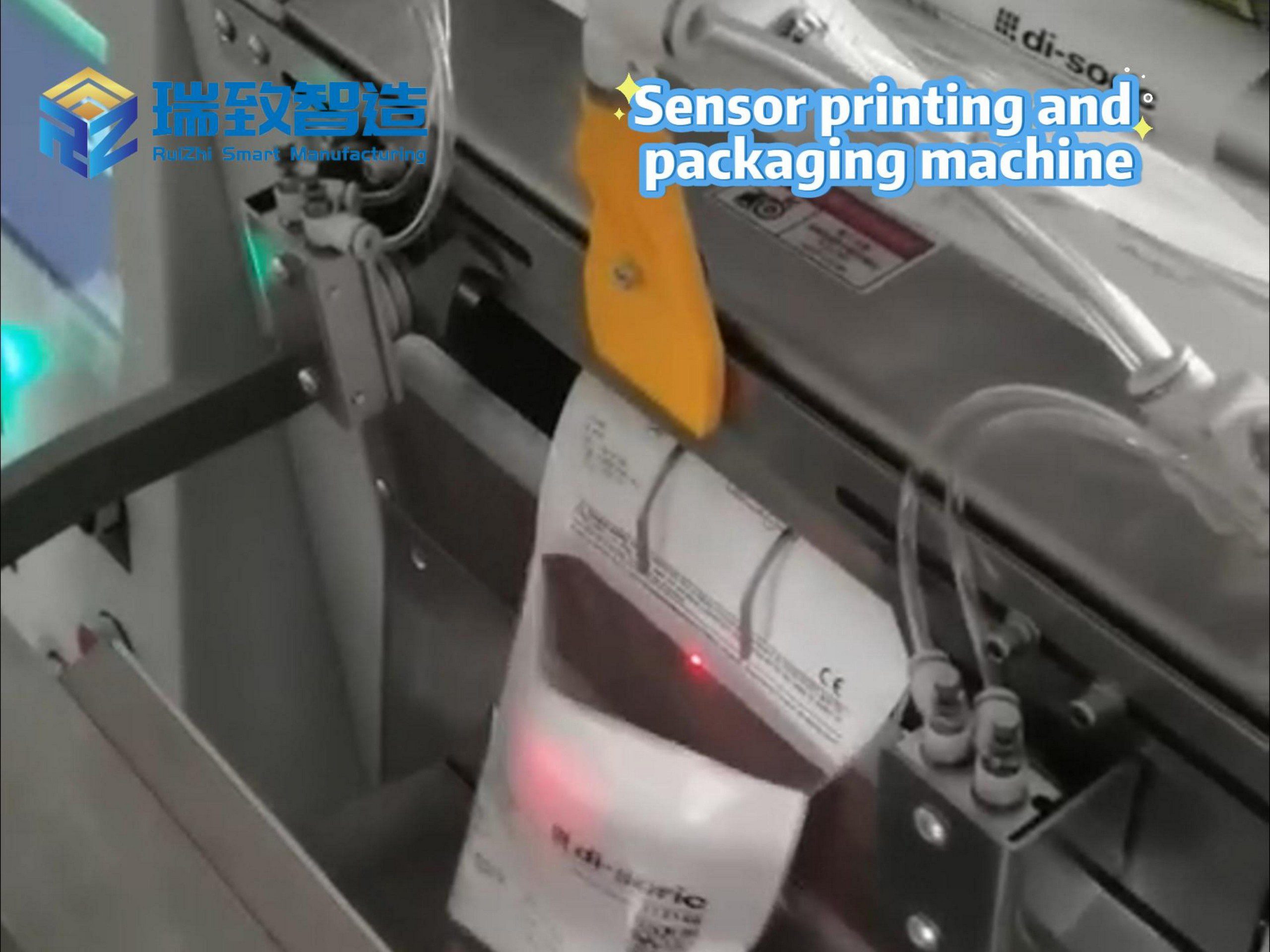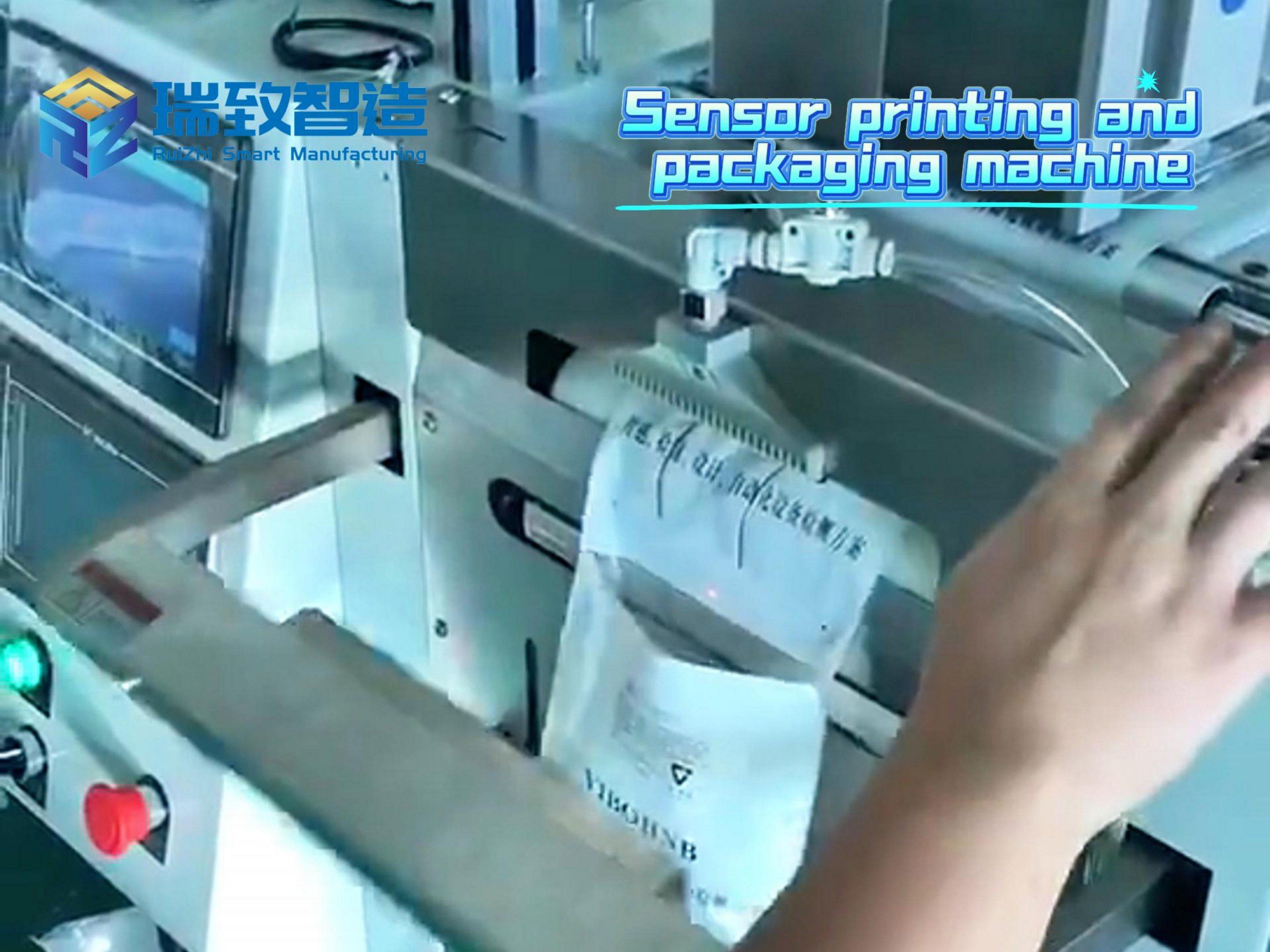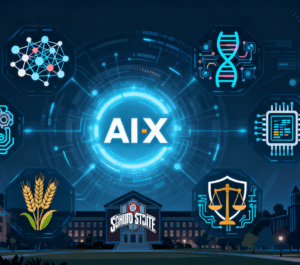
Artificial intelligence (AI) is reshaping global industries and societies at a disruptive pace. Seizing this opportunity, The Ohio State University has anchored its “leading AI innovation” strategy and officially launched the university-wide AI (X) Hub (referred to as AI X for short). This pivotal platform links 15 colleges, and by integrating AI with six strategic pillars—”basic research, healthcare, engineering and science, agricultural technology, cybersecurity, and trustworthy AI”—it aims to unlock the enormous potential of interdisciplinary collaboration and translate academic breakthroughs into practical solutions for pressing global challenges.
Strategic Background: Anchoring “2035 Civic Education” to Elevate Academic Excellence Through AI Leadership
The launch of the AI (X) Hub is a key implementation step in The Ohio State University’s “2035 Civic Education” strategic plan. Earlier, in his State of the University address, President Walter “Ted” Carter explicitly stated that “leadership in the AI field” is a core pillar for driving the university to new heights of academic excellence.
“The establishment of the AI (X) Hub is not just The Ohio State’s embrace of the future, but also our commitment to ‘creating the future’,” Carter emphasized. The hub will serve as a “catalyst” for groundbreaking research and transformative innovation in the AI field. By empowering faculty, researchers, and students, AI technology will truly serve the public good—for instance, optimizing the efficiency of medical diagnosis, advancing sustainable agriculture, and strengthening cybersecurity protection.
Core Structure: Linking 15 Colleges + Integrating 6 Pillars to Build a Comprehensive AI Innovation Network
The core competitiveness of the AI (X) Hub lies in its top-level design of “interdisciplinary integration”:
Coverage Breadth: It connects 15 colleges across the university, breaking down disciplinary barriers between arts and sciences, engineering and medicine, and agricultural sciences. This allows AI technology to permeate all fields—from “ethical research” in social sciences to “autonomous system development” in the College of Engineering, and “smart farming solutions” in the College of Food, Agricultural, and Environmental Sciences.
Focus Depth: It targets six strategic pillars, each corresponding to critical global needs:
Basic research lays a solid foundation for AI algorithms and theories; healthcare explores AI-assisted diagnosis and drug development—a pillar closely aligned with the hub’s work on medical device manufacturing, such as optimizing Syringe Automatic Assembly Equipment; engineering and science drives the implementation of intelligent equipment and autonomous systems—here, the College of Engineering and the College of Medicine collaborate to embed AI into syringe assembly: computer vision algorithms detect microscopic defects in syringe barrels or needles (ensuring compliance with medical safety standards), while machine learning models analyze real-time assembly data to adjust process parameters (e.g., torque for plunger attachment) and reduce waste by 30%; agricultural technology supports precision farming and food security; cybersecurity ensures the trustworthiness and controllability of AI systems themselves (including protecting the equipment’s operational data from breaches); and trustworthy AI addresses ethical issues such as algorithm fairness and data privacy.
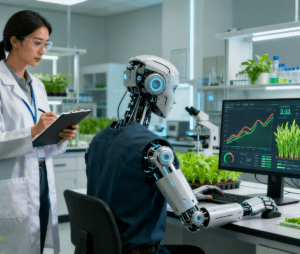
Four Core Goals: Activating AI Potential Across the Entire Chain from “Research Hub” to “Value Translation”
To achieve both “academic breakthroughs and social impact,” the AI (X) Hub has defined four key design goals, forming a closed loop from “technology R&D” to “practical application”:
Establish an AI Think Tank: Create a cutting-edge research space that brings together AI scientists and experts from various fields (e.g., medical professors specializing in healthcare safety, engineering researchers focused on intelligent manufacturing, cybersecurity specialists). Joint efforts include refining the AI modules for Syringe Automatic Assembly Equipment—for example, developing anomaly-detection models that can identify even submillimeter flaws in syringe components, a critical need for preventing medical contamination.
Build Scalable Shared Infrastructure: Develop a data/model sharing platform deeply integrated with cutting-edge computing clusters to “democratize” high-performance computing resources. Smaller medical device manufacturers, which often lack in-house AI teams, can access the hub’s pre-trained models for syringe assembly optimization via this platform, reducing their R&D costs and accelerating time-to-market for safe, reliable medical supplies.
Forge a Dynamic AI Ecosystem: Unblock the “research-translation-implementation” chain and promote collaboration among researchers, entrepreneurs, and industry leaders. For instance, the hub has partnered with local medical device firms to test the AI-enhanced Syringe Automatic Assembly Equipment in real production lines, gathering feedback to further refine the AI models—ensuring academic research aligns with industrial practicality.
Deliver Inclusive AI Solutions: Focus on people’s livelihood and industrial pain points, and promote the implementation of AI technology in key areas. This includes optimizing the accuracy of AI-aided medical image diagnosis, developing “climate-adaptive planting models” for sustainable agriculture, and enhancing medical device manufacturing via tools like the AI-upgraded Syringe Automatic Assembly Equipment. By improving the consistency and safety of syringes (a staple of global healthcare), this work supports equitable access to reliable medical supplies—especially critical for underserved regions—and drives growth in the medical manufacturing sector.
Leadership Team and Educational Support: Guided by Top Talent, Grounded in General Education
The AI (X) Hub is led by Ness Shroff—a Distinguished Scholar of the State of Ohio and an internationally recognized expert in AI and networking technology. He holds appointments in both the Department of Electrical and Computer Engineering and the Department of Computer Science and Engineering. His core vision is to “position The Ohio State University as a global leader in basic and translational AI research.”
“The AI (X) Hub is a dynamic engine connecting top research communities around the world,” Shroff stated. “Through interdisciplinary collaboration, bold innovation, and knowledge sharing, we will shape an AI future that balances ethics and impact.”
Ravi V. Bellamkonda, Executive Vice President and Provost of The Ohio State University, further added: “The AI (X) Hub is a natural extension of the university’s ‘AI commitment’. It not only accelerates innovation but also ensures our leading position in the field of ‘trustworthy AI’—keeping technological development aligned with ethics and social values.”
To strengthen the talent foundation, the university has simultaneously launched the AI Fluency program, which integrates AI education into the core of undergraduate teaching. For example, biomedical engineering students learn to program AI quality-control systems for Syringe Automatic Assembly Equipment, while public health students study how such AI-enhanced manufacturing impacts healthcare equity—regardless of whether students major in medicine, agriculture, liberal arts, or engineering, they will systematically learn the application logic, technical principles, and ethical boundaries of AI tools. The ultimate goal is to cultivate students who can “use AI, understand AI, and innovate with AI,” thereby preparing interdisciplinary talents for the AI (X) Hub and the global AI field.
Conclusion: From “Academic Hub” to “Global AI Benchmark”
The launch of the AI (X) Hub marks The Ohio State University’s transition from an “AI participant” to an “AI leader.” Through interdisciplinary collaboration, shared infrastructure, industry-academia-research linkage, and a foundation in general education, the university is not only committed to addressing industry pain points such as “difficulties in AI technology implementation” and “weak cross-domain collaboration” but also striving to take “trustworthy AI” as its core to provide a global model for AI development that “balances ethics and innovation.” In the future, with the deepening of research in the six pillars—including further advancements in AI for medical manufacturing like Syringe Automatic Assembly Equipment—and the cultivation of AI Fluency talents, The Ohio State University is poised to become a key force driving AI technology to serve human well-being.
Automatic, efficient and powerful assembly machine
Technical advantages of continuous motion multi-piece assembling machine

